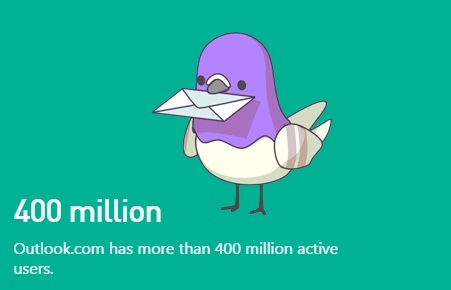Why don't I have the new Outlook.com yet?

These days, a question I get almost daily from users of Microsoft's Outlook.com service is why they still haven't been migrated to the "new" Outlook.com.

Microsoft initially announced plans to make Outlook.com more like its "regular" Outlook mail client a year ago, in May 2015. At that time, Microsoft officials said they'd start making a preview of the new Outlook.com available to a small group of customers, and then broadening the preview "in the coming weeks."
By making Outlook.com more like Outlook, Microsoft execs said they'd bring a host of new capabilities to Outlook.com, including support for "Clutter" for de-cluttering inboxes; mail themes; automatic link preview generation; pop-out read and compose windows; support for add-ins like Uber, PayPal and Maps, and more. Suggested contacts and automatic flight notifications would become part of the Outlook.com feature set, too, Microsoft officials said late last year.
In February 2016, Microsoft officials said the new Outlook.com was no longer considered to be in preview, and that it was rolling out to millions of Outlook.com users weekly. Yet a year after the initial announcement, very few Outlook.com users from whom I've heard -- except some who created brand-new accounts in the past year -- still seem to have been migrated to the new Outlook.com.
What gives?
Jon Orton, Director of Marketing for Outlook, provided a status update and deeper explanation of why the new Outlook.com rollout seems to be taking forever.
Orton told me that, as of the end of April 2016, there are more than 175 million Outlook.com accounts that Microsoft has migrated to the new experience. That's out of a total of 400 million existing Outlook.com accounts.
Moving existing Outlook.com users to the new Outlook.com "is just more than a facelift," Orton said. "The scope is much bigger than the previous Hotmail-to-Outlook.com transition. It's not just the UI and experience we're migrating. We are moving data to the Office 365 base."
The existing Outlook.com service was running on a legacy infrastructure, Orton said. The new Outlook.com is using "the same building blocks as the rest of Office 365," he said. The result will be that new features can more quickly and easily be introduced across both Outlook/Office 365 and Outlook.com, moving forward, rather than building twice for two different platforms.
Orton acknowledged Microsoft conducted an "extended" preview period (May 2015 to February 2016). During that time, Microsoft was getting a lot of feedback on the new service and the transition experience, which led to the company making a number of "improvements and corrections."
There is some rhyme and reason as to which users Microsoft is migrating first to the new experience, he said. Microsoft is working its way through different groups of users at different times.
"A lot of factors go into who gets it and when. It depends on which features and capabilities you use," Orton said. "If you are sharing calendars, for example, there are special migration considerations."
Is there an end date by which Microsoft expects all Outlook.com users to be on the new version of the service? One of my Twitter followers recently found a reference in some documentation that mentioned August 2016 was the new projected end-date for the migration project. All Orton would say is "we expect the vast majority of Outlook.com users to be upgraded by the end of this summer."
I also was curious when Microsoft expects to have its Outlook Mobile (Acompli) email client on the same back-end platform as Outlook and Outlook.com. (It used/uses Amazon Web Services for at least part of its operations.)
Orton says there has been no specific timing announced for that yet, but "there is some back-end work we are doing now."
"Mobile relies on a cloud layer for doing search and connecting to file services like Focused Inbox," he said. "There is some engineering work going on to unify that with the same infrastructure as we are using here (with Outlook and Outlook.com)."